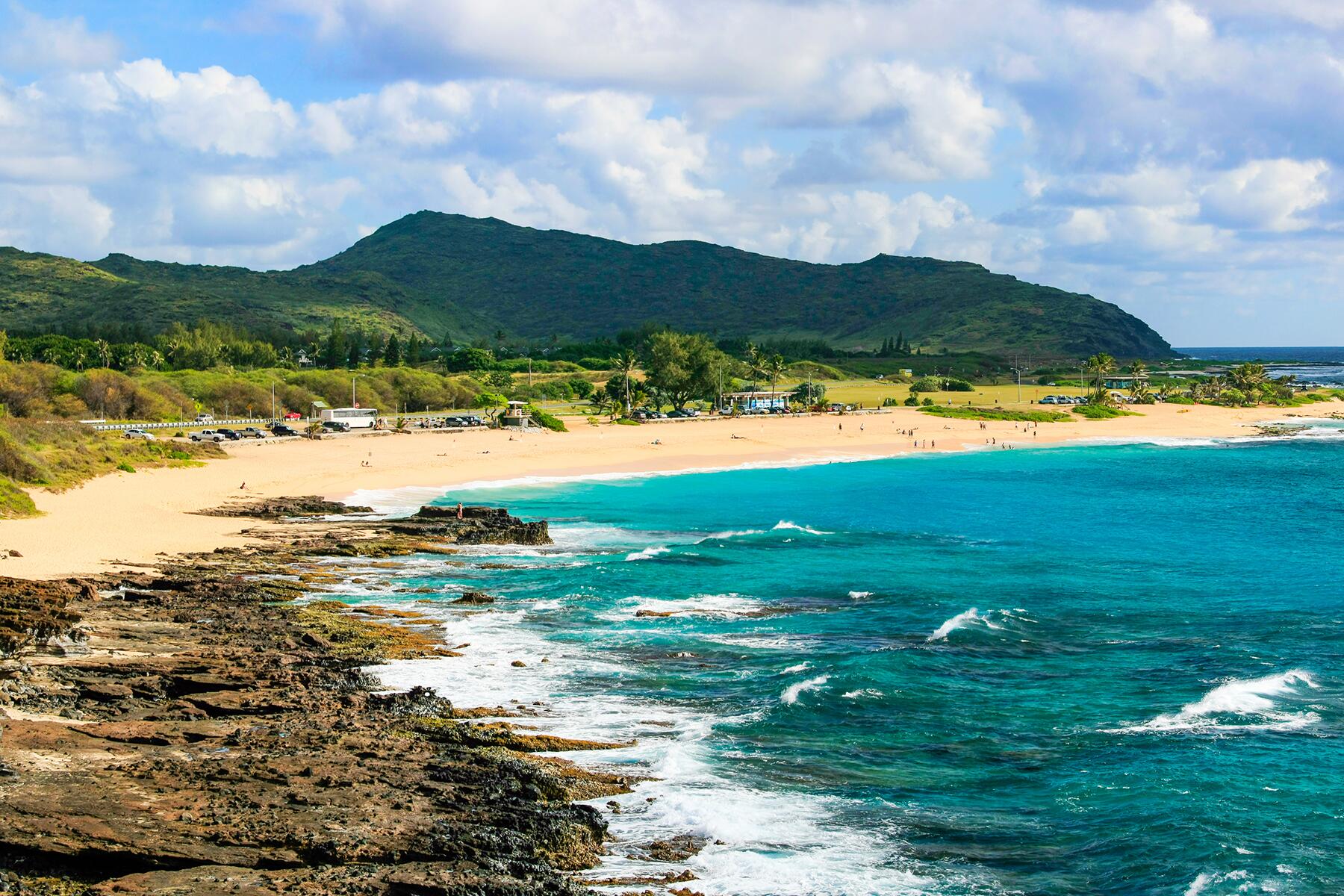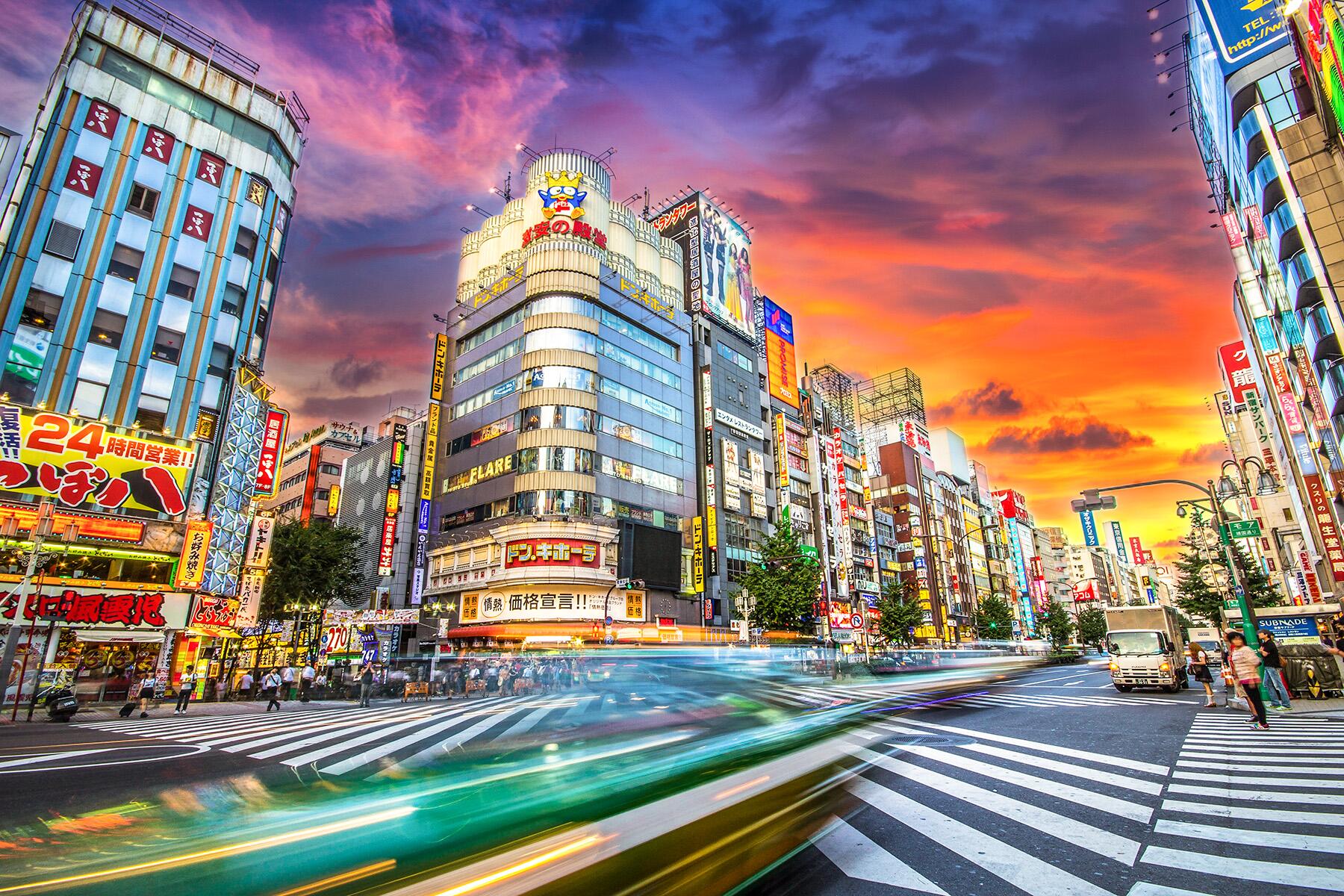Tokyo can be an expensive destination. Here are tips for saving money without sacrificing your travel experience.
Many people mistakenly assume that a trip to Tokyo will break the bank. Perhaps they recall Japan’s bubble era, or the 1980s and 1990s boom during which the exchange rate was high and products sold at premium prices. However, these days, the Japanese yen is at a historic low. With a bit of research and travel savvy, it’s possible to enjoy art museums, sky views, sushi, and other wonderful experiences in Tokyo without spending much.
When budgeting for a trip to Tokyo, flights will generally be the most expensive item. Once you’re in the city, there are many ways to save on hotel, transportation, and food costs without cutting into your enjoyment. In fact, these hacks can add to the travel experience: Tokyo is known for its 100 yen “dollar stores” and world-class subway system, after all.
Here are tried-and-true tips for making the most of your Japanese journey on a low budget.





